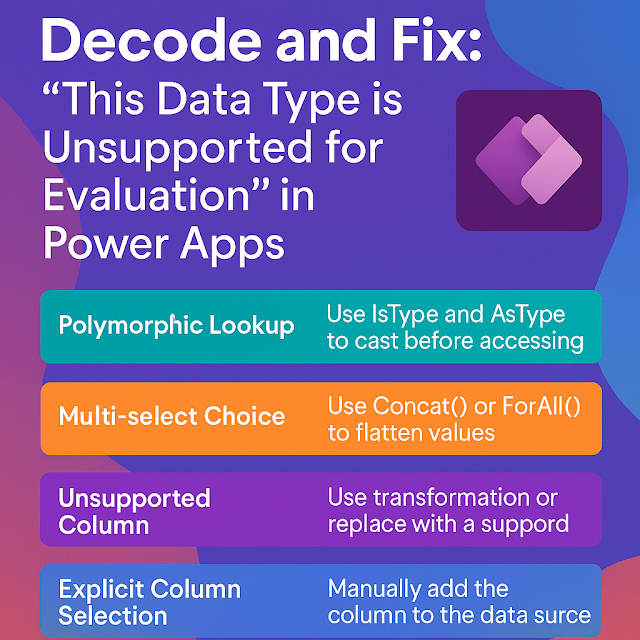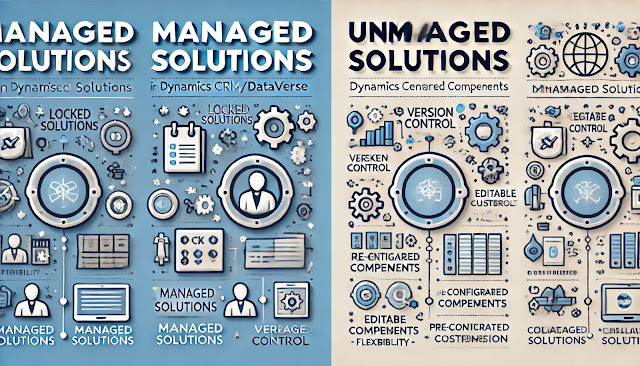Dynamics 365 Field Service : Associate a work order with a price list, service-level agreement, and entitlement
In Dynamics 365 Field Service, properly setting up a Work Order ensures accurate billing, service expectations, and entitlement tracking. Three key elements you can associate with a Work Order are the Price List, Service-Level Agreement (SLA), and Entitlement. Let’s break down what each one means and how they work together.
1. Price List – Defining Cost and Billing
A Price List is used to determine the cost of products and services provided in a work order. It ensures your customers are charged the correct rates and helps your organization standardize pricing.
Why it's important:
- Applies standard or customer-specific pricing.
- Drives product and service line item rates.
- Supports seasonal or tiered pricing models.
Example:
If your organization provides AC maintenance, the price list defines the service call charge, labor hourly rate, and any part replacement costs.
2. Service-Level Agreement (SLA) – Managing Time Expectations
An SLA is used to define the expected response and resolution times for a work order. It helps ensure that your team delivers service within promised time frames.
Why it's important:
- Tracks key service metrics like time to respond or resolve.
- Helps enforce commitments made to customers.
- Improves accountability and reporting.
Example:
A customer might have an SLA that guarantees a technician will respond within 4 hours and resolve the issue within 24 hours.
3. Entitlement – Controlling Customer Service Rights
An Entitlement outlines how much service a customer is eligible to receive. It can be based on a contract, subscription, warranty, or service plan.
Why it's important:
- Determines if a work order is billable or covered.
- Automatically applies support hours, service calls, or units.
- Prevents unauthorized service delivery.
Example:
A customer may have 5 free service calls per year. If the work order exceeds that limit, it becomes chargeable.
Putting It All Together
When creating a Work Order:
- You associate a Price List to define what the customer pays.
- You link an SLA to set response and resolution expectations.
- You connect an Entitlement to confirm if the service is covered or billable.
This association ensures streamlined operations, accurate billing, and customer satisfaction.












Comments
Post a Comment